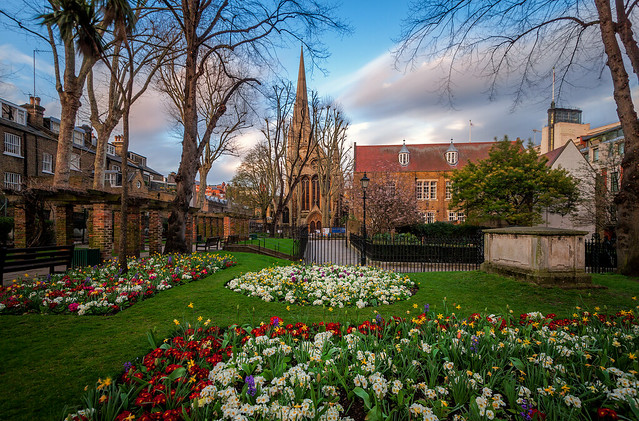This blog has been on a brief hiatus while my husband and I visited the cities of London and Bristol for our fifteenth wedding anniversary. Of course, this was also a significant Research Opportunity, and I felt it necessary to follow as best I could in the footsteps of Jas. Hook as he shows Vivian Drew the sights of London. From the approach through Tower Bridge (though we saw it from a river tour boat, rather than arriving from the other direction aboard a tall ship) we went,
to the Savoy Hotel on the Strand in Central London, overlooking the Embankment and the Thames River, tracing the path of the characters in The Stowaway.
The Savoy is celebrating its 125th anniversary this year, and was refurbished earlier this century to include both art deco and Edwardian style. The main dining room, where Vivian and James dine, is now Kaspar's, which serves fantastic seafood. The restaurant also continues to serve its traditional pêche Melba, peaches with vanilla ice cream and raspberry sauce. Rather than being served with a sculpted-ice swan, as it was when it was created in 1892, today's version includes a "white chocolate sphere," which melts when topped with the warm sauce.
The redecorated room includes a new "winter garden gazebo," but is still recognizable as the venue for this 1907 New Year's Eve celebration.
James's family keeps a townhouse in Mayfair (much to Vivian's disappointment, as she expected a grand house on a large property). Mayfair is now under a great deal of construction, and many of its homes are now owned by absentee billionaires from other countries.
The National Gallery, however, is much the same, down to the paintings by J.M.W. Turner,
and so is the quick walk along wide, pale paving stones to the nearby Haymarket Theatre Royal. Noted actress Lillie Langtry was appearing in a scandalous comedy called A Fearful Joy in 1908, whereas we saw a production of Great Britain, a satire of tabloid culture and the Rupert Murdoch newspaper phone-tapping scandal.















